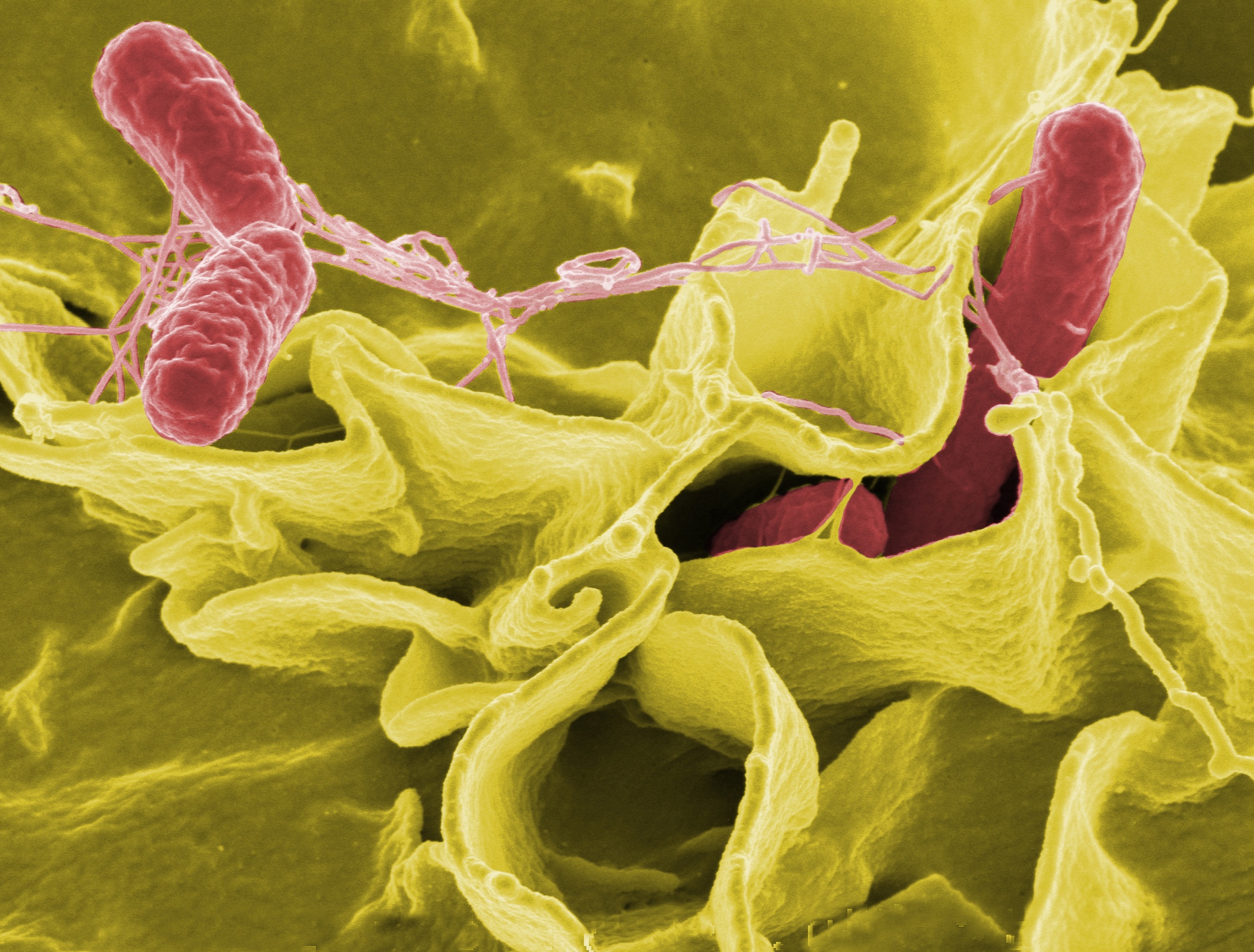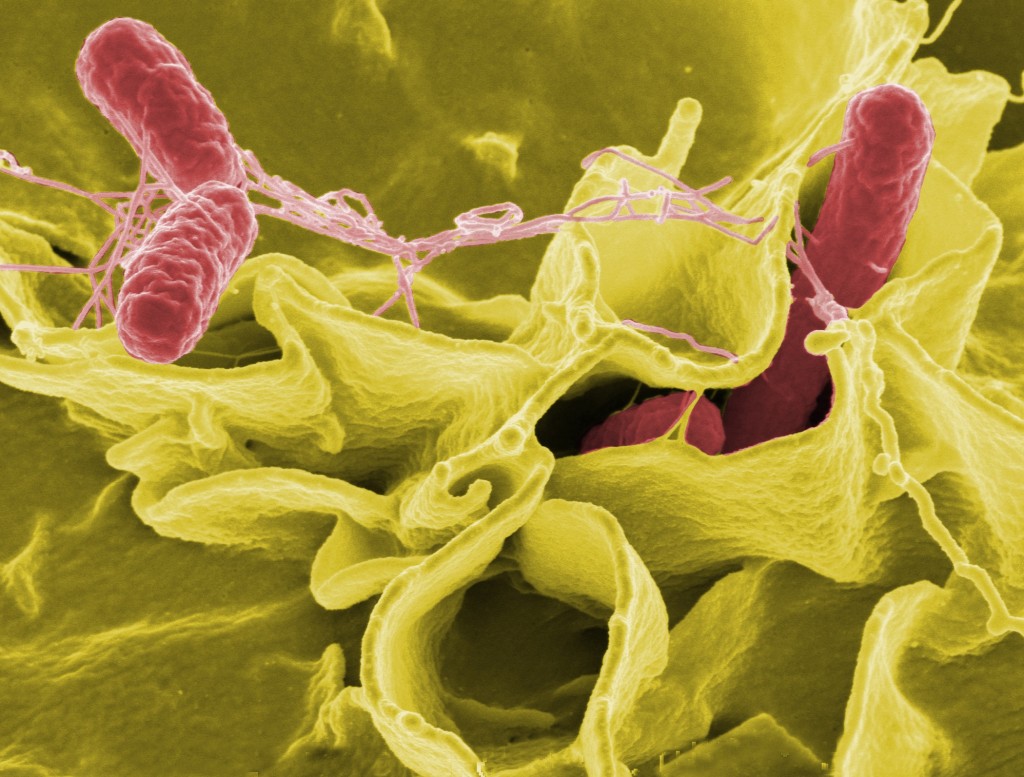5 Typhoid Fever Facts You Need To Know

Typhoid fever is a severe infection caused by a bacterium, Salmonella typhi. S. typhi is in the same family of bacteria as the type spread by chicken and eggs, commonly known as salmonella poisoning or food poisoning.

With the recent Typhoid outbreak at a boarding school in Masvingo, check out these typhoid fever facts everyone should know.
1. Typhoid fever is a bacterial disease, caused by Salmonella typhi. It is transmitted through the ingestion of food or drink contaminated by the faeces or urine of infected people.
2. Symptoms usually develop 1–3 weeks after exposure, and may be mild or severe. They include high fever, malaise, headache, constipation or diarrhea, rose-colored spots on the chest, poor appetite and lethargy.
3. Typhoid fever can be treated with antibiotics. However, resistance to common antimicrobials is widespread. Healthy carriers should be excluded from handling food.
4. Diagnosis of typhoid fever is made when the Salmonella bacteria is detected with a stool culture.
5. Approximately 3%-5% of patients become carriers of the bacteria after the acute illness.




